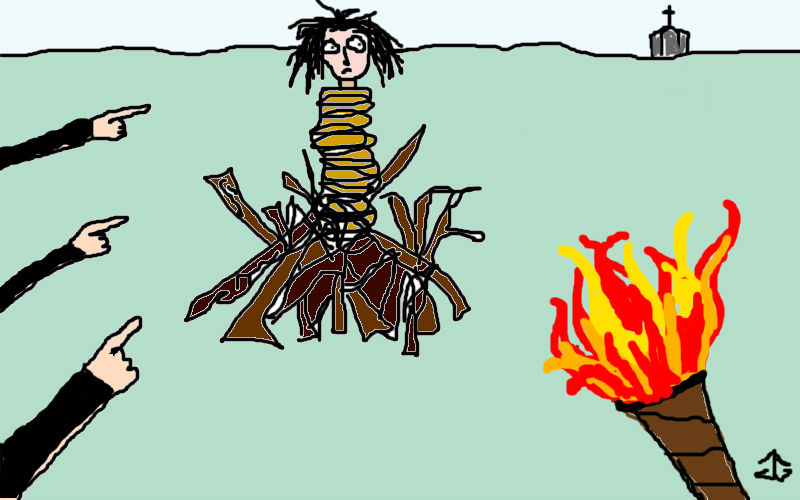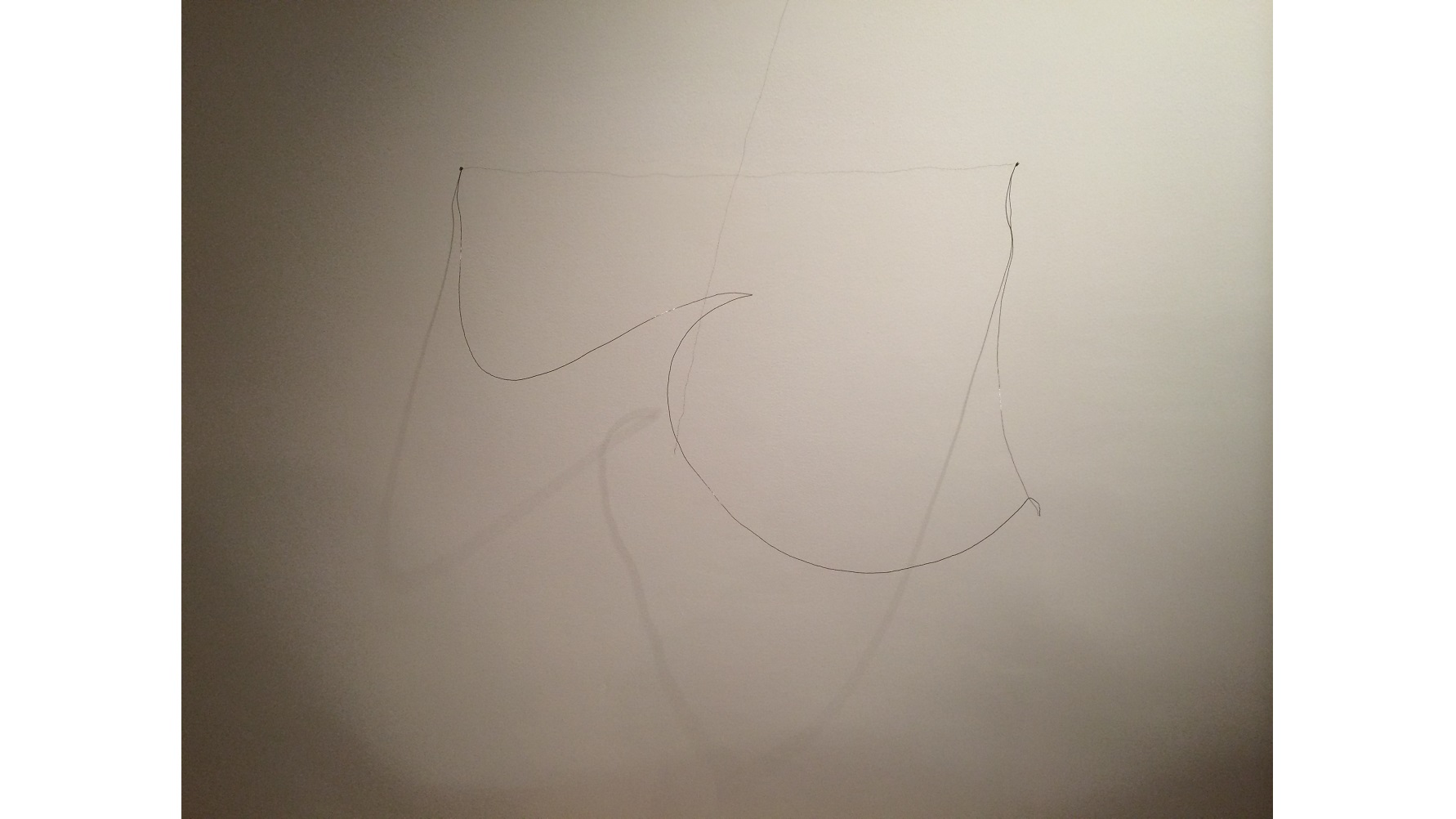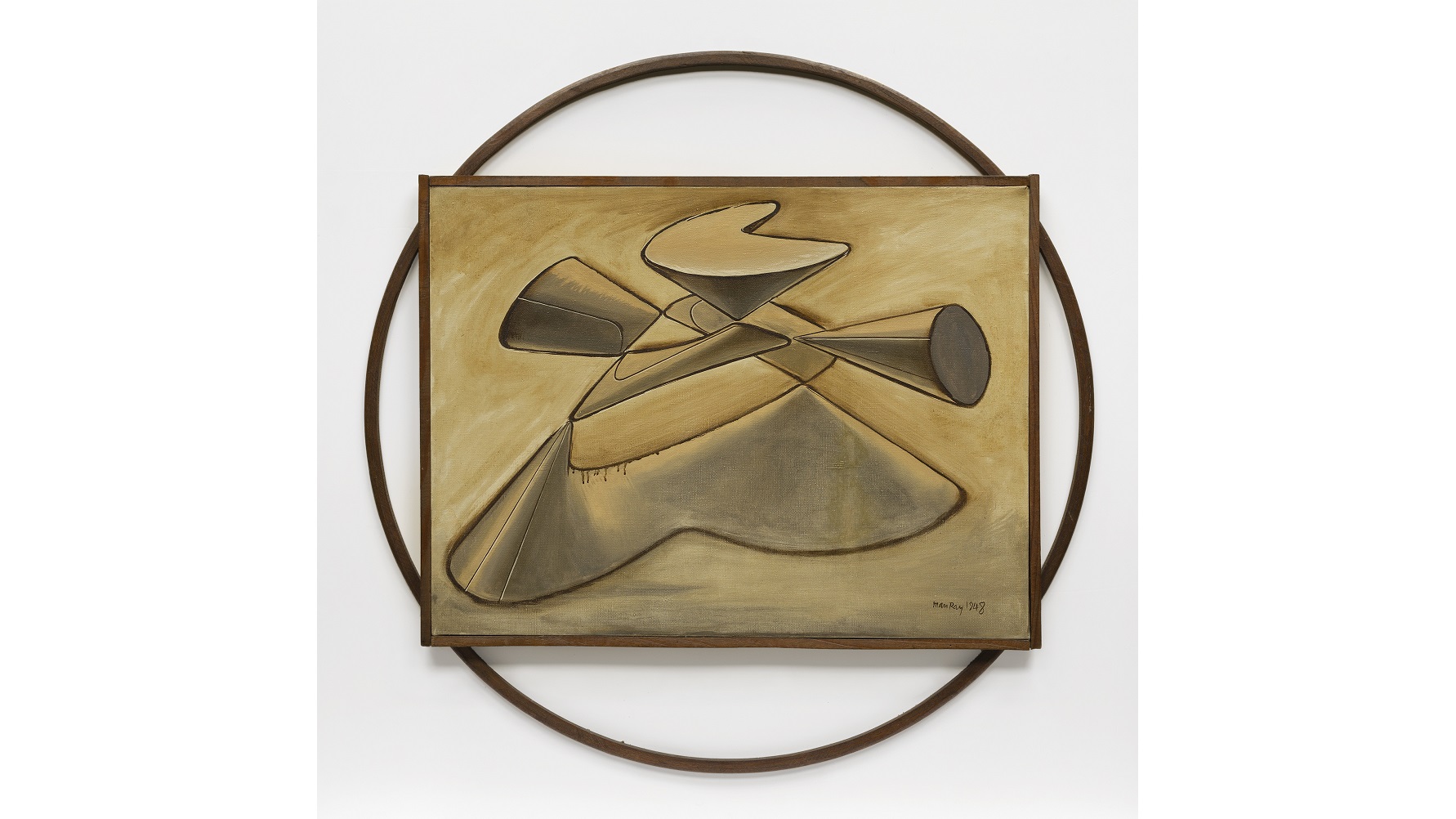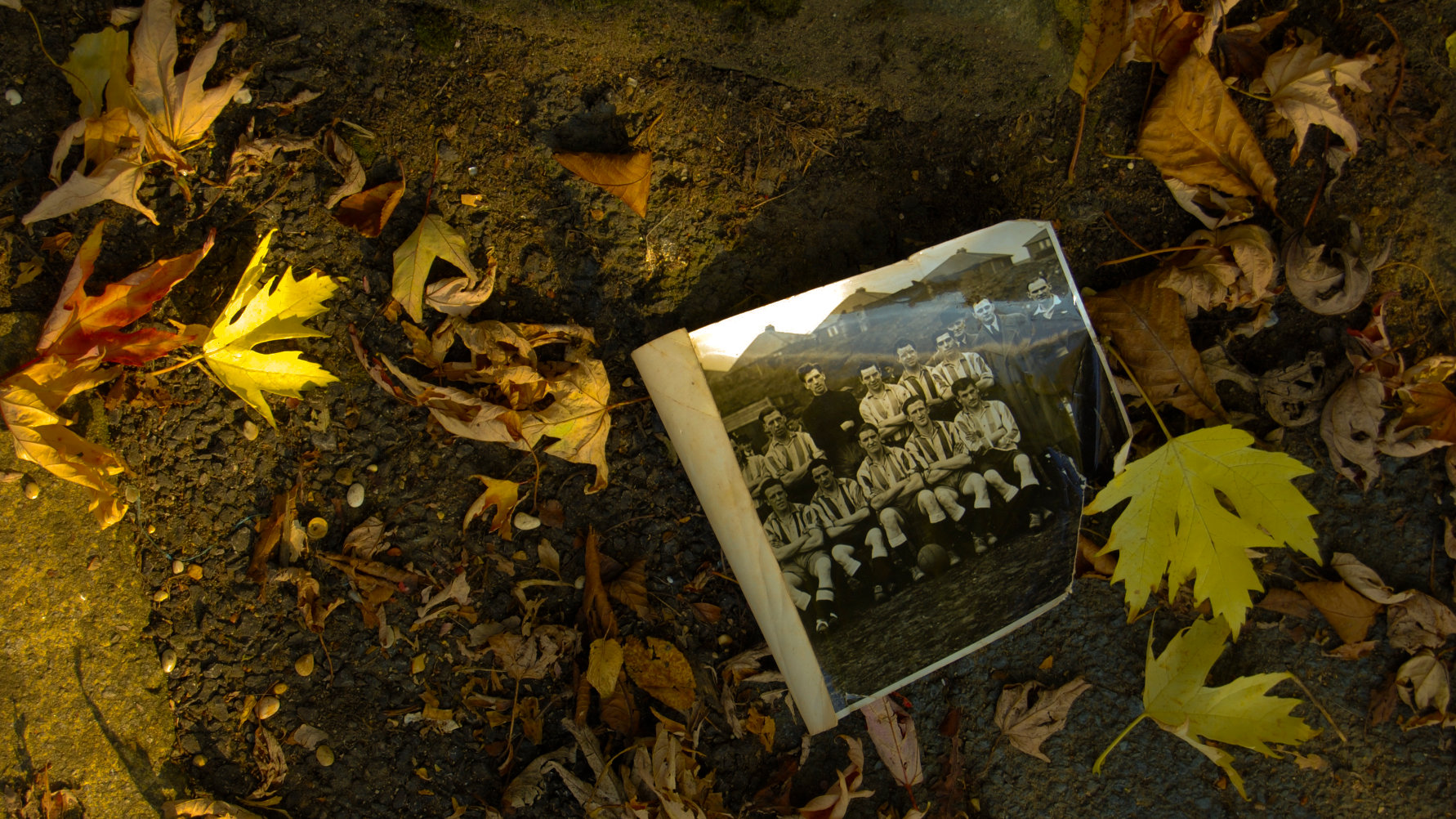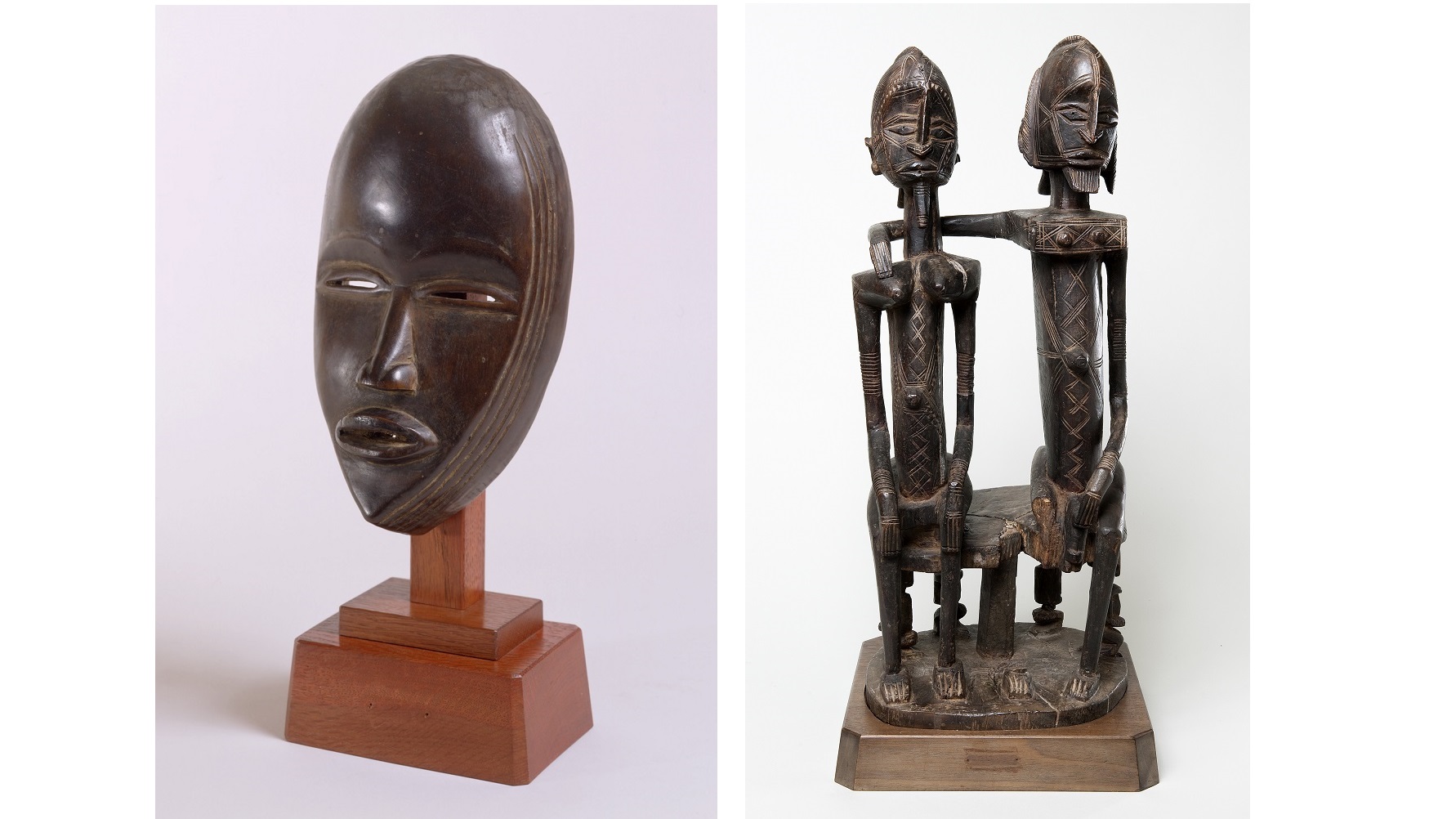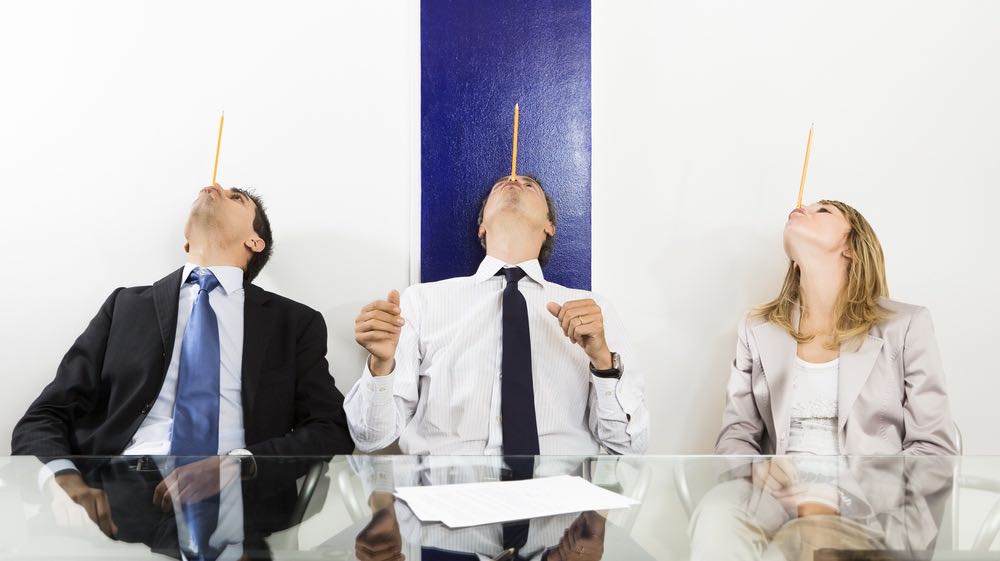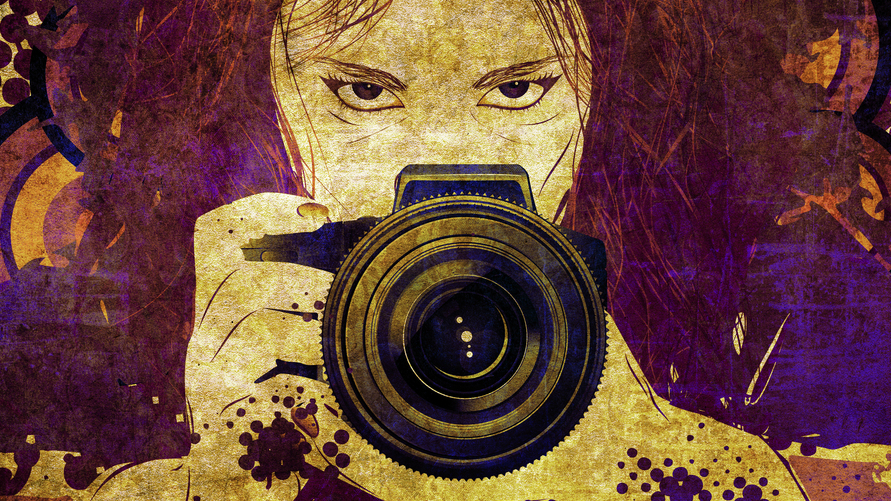In general, they have detached themselves from time-honored institutions like political parties and religion while becoming more educated, more diverse, and more equal along gender lines.
Search Results
You searched for: inspiration
A Rutgers Medical School professor has developed an exercise called “Psy-Feld” in which students watch episodes of the beloved 90’s sitcom and discuss the psychopathology of the characters.
Author and TV host Leon Logothetis shares an inspiring story from his world travels about a homeless man who welcomed him with an open heart.
▸
2 min
—
with
In the 10 years since it went public, YouTube has been a hot topic for cultural critics and experts on innovation. We take a look at the site’s past and the promises for its future.
A new sensor device, developed by a Stanford Ph.D. student, promises to change the way students, educators, and science enthusiasts explore the world — from elementary school to the Ph.D. lab and beyond.
Irritation is a powerful force. It has the whiff of righteousness.
When parents offer too much praise, their children become narcissistic as a result, believing themselves to be naturally superior to their peers and deserving of special treatment from authority figures.
Brands this. Brands that. Brands on Twitter. Brands on Facebook. The new age of brand storytelling isn’t going away anytime soon. The least companies can do is spare us the air of artificiality.
Two prominent economists have called for the institution of a worldwide economic-development plan modeled after the post-WWII European Recovery Program. They argue that helping poor countries industrialize is the best way to achieve lasting peace.
The death of any given person is just a lack of connectedness to future experiences.
The forgotten aspects of art history will always be the most intriguing. Digging up the dead storylines of art history, whether in the distant or the recent past, will never end, mostly thanks to forces that buried the facts, if not the bodies, for whatever agenda. Artists and Prophets: A Secret History of Modern Art 1872-1972 at the Schirn Kunsthalle Frankfurt resurrects German visionaries and Jesus wannabes from the late 19th and early 20th centuries to look at how their exploits and artistic creations helped shape the course of German and European modern art. It also shines light on how the impact of those figures fell into obscurity as another casualty of the ideological war waged by that most unfortunately unforgettable of German messianic aspirants — Adolf Hitler.
Dan Price, CEO of Seattle-based Gravity Payments, made headlines last week with his announcement of a bold new salary structure that will see all of his staffers make at least $70,000 annually in the next three years.
A major psychology journal has banned the use of the near-universally adopted practice of significance testing, citing recent evidence of the technique’s unreliability. What will be the fallout for psychology as a field?
It’s all about how seriously you take the concept of moral duty.
Confessions of an Outlaw: A Creativity Workshop, with Philippe Petit High-wire artist Philippe Petit, who four decades ago performed illegally between the World Trade Center towers, explains how his personal […]
A musical map of Minneapolis celebrates the resurrection of The Replacements.
When the Whitney Museum of American Art decided to stage in 1948 their first exhibition of a living American artist, they chose someone who wasn’t even an American citizen, but only legally could become one just before his death. Painter Yasuo Kuniyoshi came to America as a teenager and immersed himself in American culture and art while rising to the top of his profession, all while facing discrimination based on his Japanese heritage. The exhibition The Artistic Journey of Yasuo Kuniyoshi, which runs through August 30, 2015 at the Smithsonian American Art Museum in Washington, DC, unveils an amazing story of an artist who lived between two worlds — East and West — while bridging them in his art that not only synthesized different traditions, but also mirrored the joys and cruelties of them.
More than 20 years ago, the sitcom Seinfeld went “meta” and joked that it was “a show about nothing.” But 20 years before George Costanza’s epiphany, artist Richard Tuttle was staging shows about nothing featuring works such as Wire Piece (detail shown above) — a piece of florist wire nailed at either end to a wall marked with a penciled line. But, as Jerry concludes, there’s “something” in that “nothing.” A new retrospective of Tuttle’s art at the Fabric Workshop and Museum in Philadelphia, Both/And: Richard Tuttle Print and Cloth, dives into the depths, and widths, of this difficultly philosophical, yet compellingly simple artist who takes the everyday nothings of line, paper, and cloth to create extraordinary statements about the need to be mindful of the artful world all around us.
How is it that being hungry controls so much of our behavior not immediately related to the gathering and consumption of food?
While advanced math and Shakespeare combine to make a nightmare curriculum for some students, for artist Man Ray, one of the most intriguing minds of 20th century art, they were “such stuff as dreams are made on,” or at least art could be made from. A new exhibition at The Phillips Collection reunites the objects and photographs with the suite of paintings they inspired Man Ray to create and title Shakespearean Equations. Man Ray—Human Equations: A Journey from Mathematics to Shakespeare traces the artist’s travels between disciplines, between war-torn continents, and between media that became not only a journey from arithmetic to the Bard, but also a journey of artistic self-discovery.
Researchers confirm the best location to hunker down during a zombie outbreak: go where people aren’t.
If you think you have a productivity problem, you’ve probably got an overcommitment problem, says Elizabeth Saunders at the Harvard Business Review.
Educators hold up scientists like Neil deGrasse Tyson and Marie Curie as heroes in order to encourage minorities to pursue studies in STEM fields. But portraying these figures as larger-than-life may intimidate students.
When your prose are suffering and you’ve lost your muse, it may be best to think on the past to get those creative juices flowing.
A recent spat between Sen. Ted Cruz and NASA Administrator Charles Bolden represents the always-sticky relationship between Congress and the U.S. space agency.
The Barnes Foundation’s current exhibition, Mark Dion, Judy Pfaff, Fred Wilson: The Order of Things, epitomizes the business buzz phrase “disruptive innovation” like few other museum shows (which I wrote about here). Disrupt or die, the thinking goes. Old orders must make way for new. Coincidentally, as the Barnes Foundation, home of Dr. Albert Barnes’ meticulously and idiosyncratically ordered collection of Impressionist and Post-Impressionist masterpieces left just so since his death in 1951, invites outsider artists to question and challenge Dr. Barnes’ old order, it also publishes their own insider’s critical “warts and all” assessment of Dr. Barnes’ relationship to African art and African-Americans. In African Art in the Barnes Foundation: The Triumph of L’Art nègre and the Harlem Renaissance, scholar Christa Clarke reassesses Dr. Barnes intentions and results in his building of the first great African art collection in America. “More than just formal accents to modernist paintings and other Western art in the collection,” Clarke argues, “African art deserves to be seen as central to the aesthetic mission and progressive vision that was at the very heart of the Barnes Foundation.”
Humor begets humor, and laughter results in more open teamwork and more creative ideas.
Many people, including a majority of school teachers, harbor important false beliefs about the brain. Are you one of them?
Is everything astonishingly simple, though? Or is this a grandiose claim that falls flat when confronted with the evidence? “My main interest is the problem of the singularity. If we […]
Confidence is cultivated outside one’s comfort zone. This is why immersive artistic activity is such a boost to one’s confidence.





